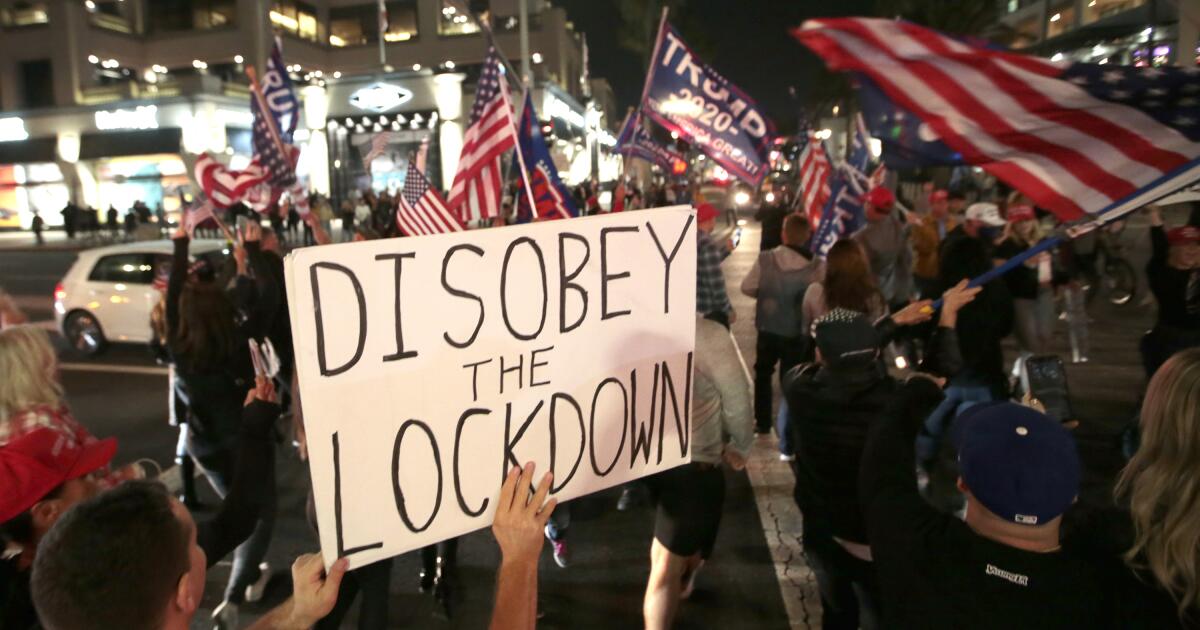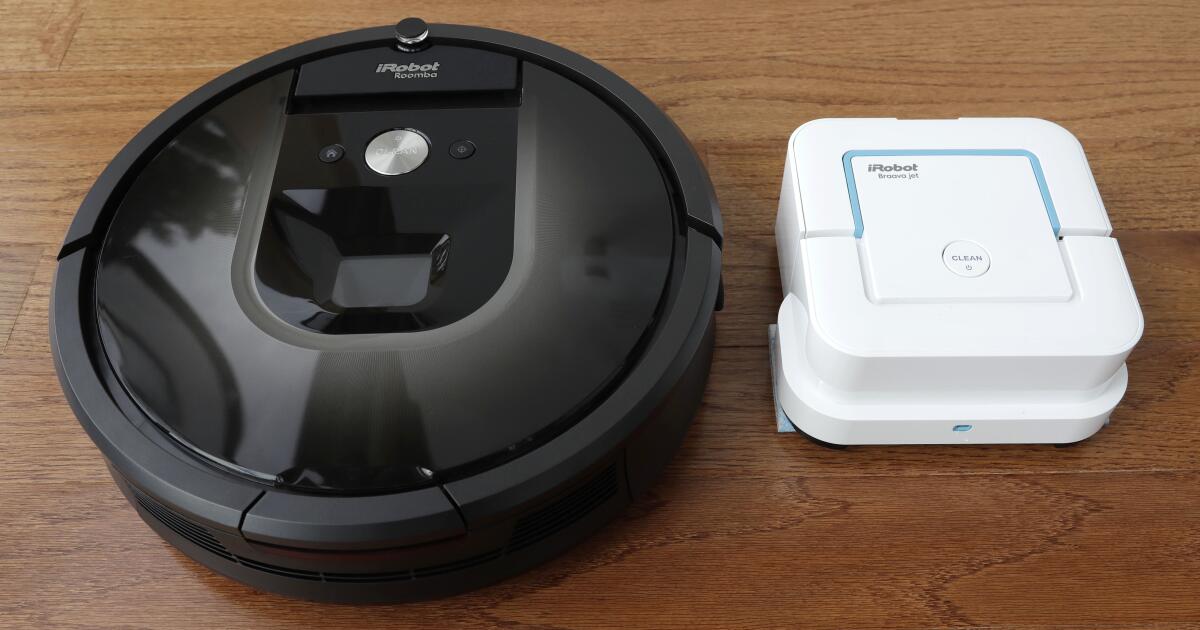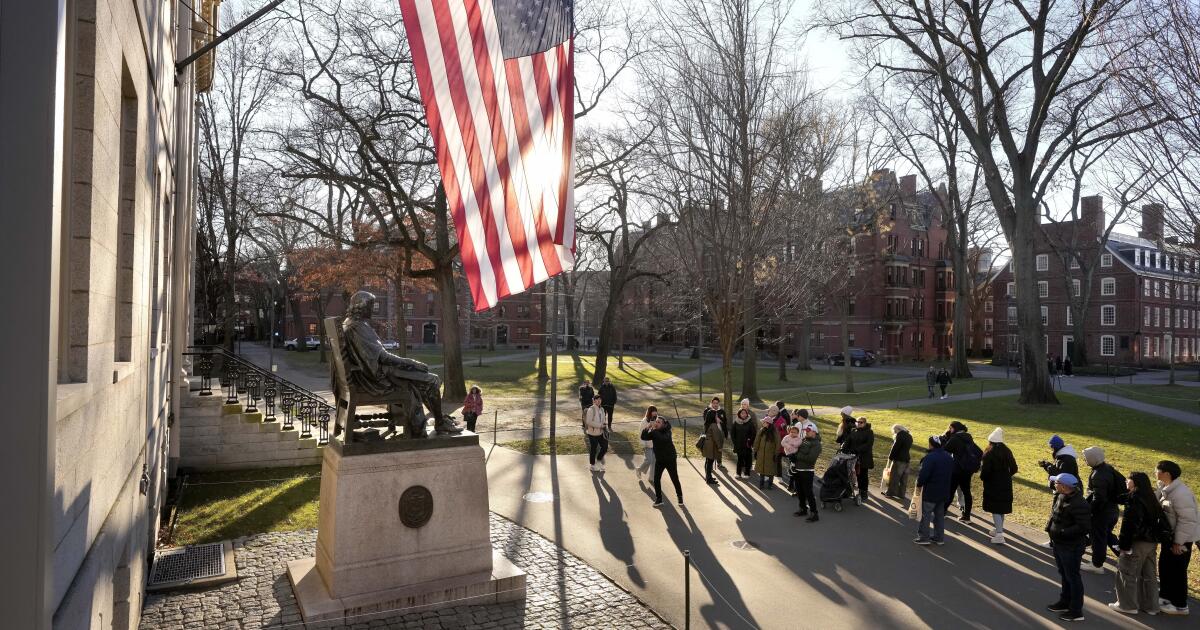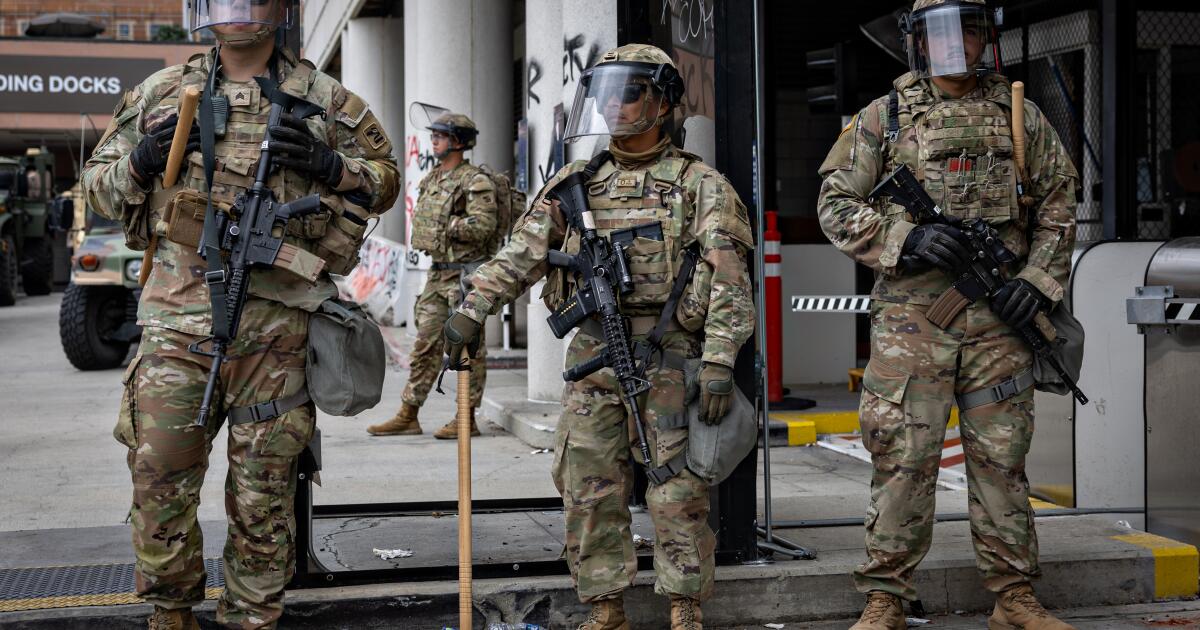Call centers enable many companies' customer service teams to work efficiently, productively, and able to handle thousands of calls a day. By comparing performance against the appropriate statistics, metrics, and key performance indicators, useful data can be obtained about the overall health of the call center.
1. Average call center turnover rate: 30-45%
This is the rate at which call center employees leave their jobs over a period of time. According to Nextiva, the average turnover rate is 30-45% annually.
The main causes of high employee turnover are stress, repetitive tasks, demanding performance targets, low salaries, limited opportunities for career growth, toxic work environment and insufficient training.
You can calculate your turnover rate by dividing the average number of employees in your call center over a period of time by the number of those who left during that same period. Take that final number and multiply it by 100 to get the result.
Churn can be voluntary or involuntary, so it's important to consider each as separate metrics.
There are many strategies call centers can implement to decrease turnover rates, including:
- Reduce workload: AI chatbots and the right self-service tools can provide auxiliary support as a first point of contact for customers with simple requests.
- Providing flexibility: Offer the option to work remotely, along with the tools and support needed to ensure consistent agent performance.
- Offering benefits: Implement incentives and incentives to motivate your agents and improve productivity.
2. Average handling time: six minutes
AHT is the average time an agent spends talking to a customer. It starts from the moment the agent picks up and ends when the query is resolved, not when the customer hangs up. This metric covers actual talk time, time the customer spends on hold, and “after-call work,” which is the time spent wrapping up a call.
Ideally, your AHT should be around six minutes, depending on the sector.
If your AHT is high, your agents need more training or you may need to upgrade your training resources. Keeping your AHT low means your call agents can talk to more customers and handle more issues.
It is important to note that while AHT is useful for calculating the amount of time spent on calls, it says nothing about the quality of the calls.
3. Customer satisfaction: 63-78%
CSAT measures how satisfied customers are with the support they receive. This type of feedback from the customer perspective is great for highlighting areas that need improvement.
You can collect this information by presenting a short survey after the interaction, during the call, or by sending a follow-up email afterwards.
According to the American Customer Satisfaction Index (ACSI), the benchmark customer satisfaction (CSAT) rate for call centers operating in the telecommunications and information industry is between 63 and 78%. This applies to companies that provide wireless telephone services, subscription television services, video streaming services, and Internet service providers.
CSAT scores don't always tell the full story, because dissatisfied customers are more likely to respond to these types of surveys.
However, customer feedback is important and should be taken seriously, especially if you keep receiving the same complaints.
4. Containment rate: 60% or more
This is a measure of how many calls your interactive voice response system handles.
The IVR system is designed to accept calls and help callers resolve their issues through self-service options without agent intervention. It also directs callers to the appropriate departments.
The power of your interactive voice response (IVR) system is directly proportional to a containment rate of around 60% or higher. If customers can find answers to their problems on their own, your agents are less stressed and can focus on more complex issues.
A good interactive voice response (IVR) system is simple and provides easy-to-understand instructions for callers. To achieve this, you'll need to plan and develop an effective call flow. You should start with broad categories in the main menu that relate to the most common reasons customers call.
If your containment rate continues to decline, it might be a good time to upgrade your system.
5. Call abandonment rate: 5-8%
Call abandonment rate is the percentage of customers who abandon the call while waiting to speak to an agent. You can't track exactly why customers hang up, but it's often due to frustration from a long wait time.
To calculate it, divide the number of abandoned calls by the total number of calls answered and multiply by 100.
An acceptable rate is between 5-8%, although what is considered acceptable depends on the sector.
To avoid a high rate you should consider:
- Offering callbacks: Offering a callback option allows customers to hold their place in the queue until an agent is available.
- IVR Settings: Your IVR has an impact on your abandonment rate, so reviewing and simplifying your call flow can also make a big difference.
- Moment: Take note of the periods when you receive the highest call volume and make sure there are enough agents available.
6. Average response speed: 60 seconds
Wait time (ASA) refers to the time a caller spends waiting for an agent. It starts when the caller joins the queue and ends when an agent answers the call.
Your goal should be to connect every customer to an agent within one minute.
Short hold times will have a direct impact on your customer satisfaction scores and call abandonment rate, so the three go hand in hand. They can also encourage customers to keep calling, which translates into overall growth for your business.
On the other hand, long wait times will make callers unhappy and may result in a drop in call volume.
7. First contact resolution rate: 70-79%
FCR refers to the number of queries answered in the first interaction.
Customer satisfaction will naturally decrease with each additional call they have to make to resolve their issue. Therefore, when FCR is high, it saves time for both agents and customers.
You can measure FCR externally or internally. External FCR measurement involves sending a survey to the customer, while internal measurement involves waiting up to 30 days to see if they call back with the same problem.
According to Service Quantity Management (SQM) Group, an FCR rate of 70-79% is considered good, while 80% and above is world class.
8. Average salary of a call agent: $18 per hour
As of March 2024, the average hourly wage for a call center agent in the U.S. is $17.75 per hour, according to Indeed.
This equates to a total annual salary of approximately $38,000 for a full-time position.
The range goes from $12 on the low end to $25 on the high end, and depends on the company and location. Places like New York, Chicago, and Atlanta offer the best salaries, but also have higher costs of living.
It's important to note that this figure doesn't take into account agent experience levels. According to ZipRecruiter, senior call center managers earn more than $47 per hour.
9. Call center fraud rate: 1 in every 1,700 calls
Fraud has been on the rise in recent years and has been frustrating to deal with for both agents and legitimate callers.
According to Pindrop, one in every 1,700 calls to a call center is a fraud of some kind. These damaging calls can also cost businesses up to $27 million a year.
Fraudulent calls occur for a variety of reasons, from identity theft to attempts to take over an account. Whatever the reason for a fraud attempt, the result is lost revenue and damage to a company's reputation.
Although call agents have adopted security strategies when interacting with callers, scammers can still access victims' data through social engineering attacks.
Fortunately, call centers can use call detail records to detect fraud. Call detail records can analyze unusual calling patterns and identify anomalies in call duration and frequency. Callers can be tracked and measures can be implemented to reduce any further fraudulent activity.
10. Call volume: variable
This refers to the number of incoming and outgoing calls handled by a call center during a specific period.
It covers both calls answered by human agents and calls handled by IVR or self-service options.
The volume of calls handled by a call center depends on the industry and size of the company, so there is no industry standard or universal benchmark for call volume.
Tracking this metric for your own business will help you discover the peak times when you receive the highest call volume. This will help you determine the number of agents needed to maintain operational efficiency and help you understand the effectiveness of your self-service options.
11. Net Promoter Score: Variable
This metric measures customer loyalty and satisfaction based on the likelihood that a customer will recommend your product or service to someone else.
Similar to CSAT, call centers can send an NPS survey after an interaction, asking how likely the caller is to recommend their company to a friend or colleague.
Customer responses to the survey fall into three groups:
- Promoters: Please rate with a 9-10. These are your loyal customers.
- Passives: Rate between 7 and 8. They like you but are far from loyal.
- Detractors: Give a low rating. These are unhappy customers.
Promoters and detractors are the most important groups, so NPS is calculated by subtracting the percentage of detractors from the percentage of promoters.
Any score above 0 is good.
NPS scores vary across industries, and according to a study by Smoke CI, the current global NPS benchmark overall is 43, and for the telecom industry, it is 34.












